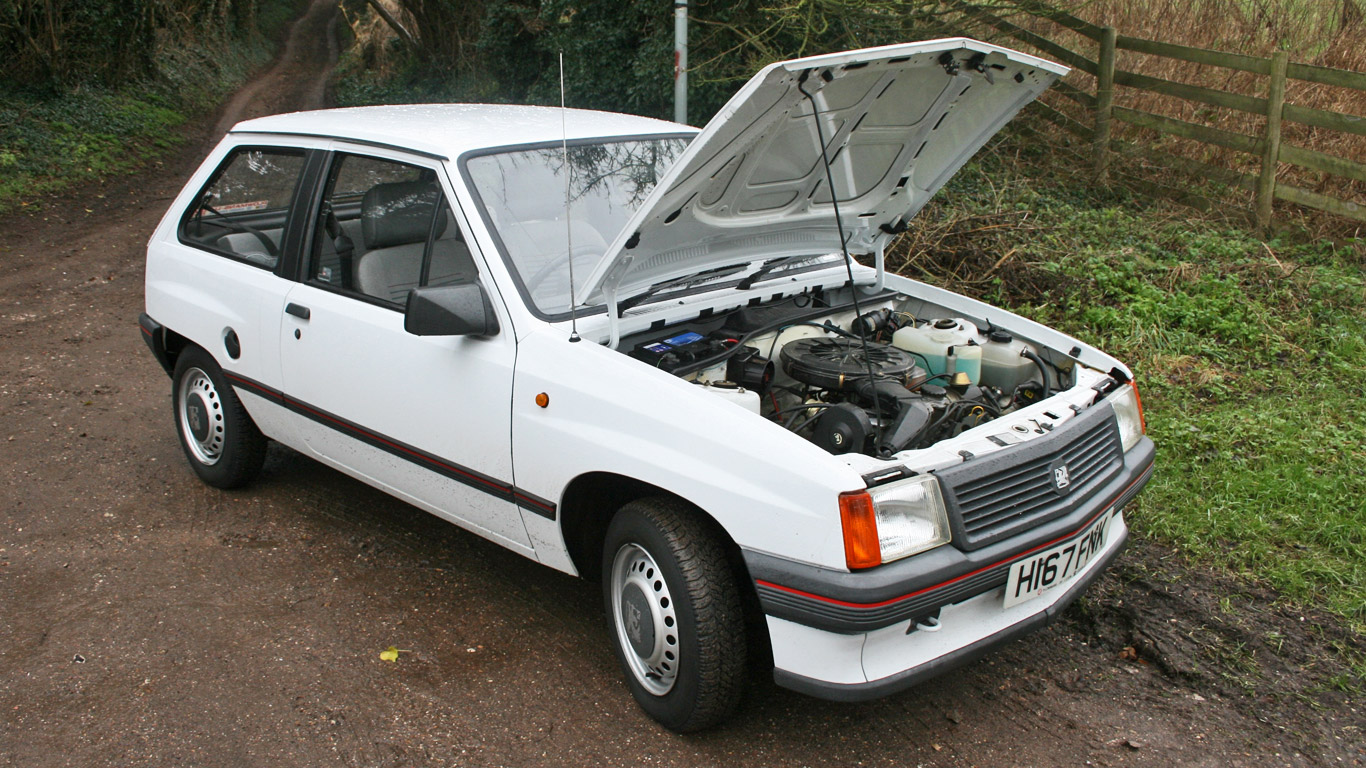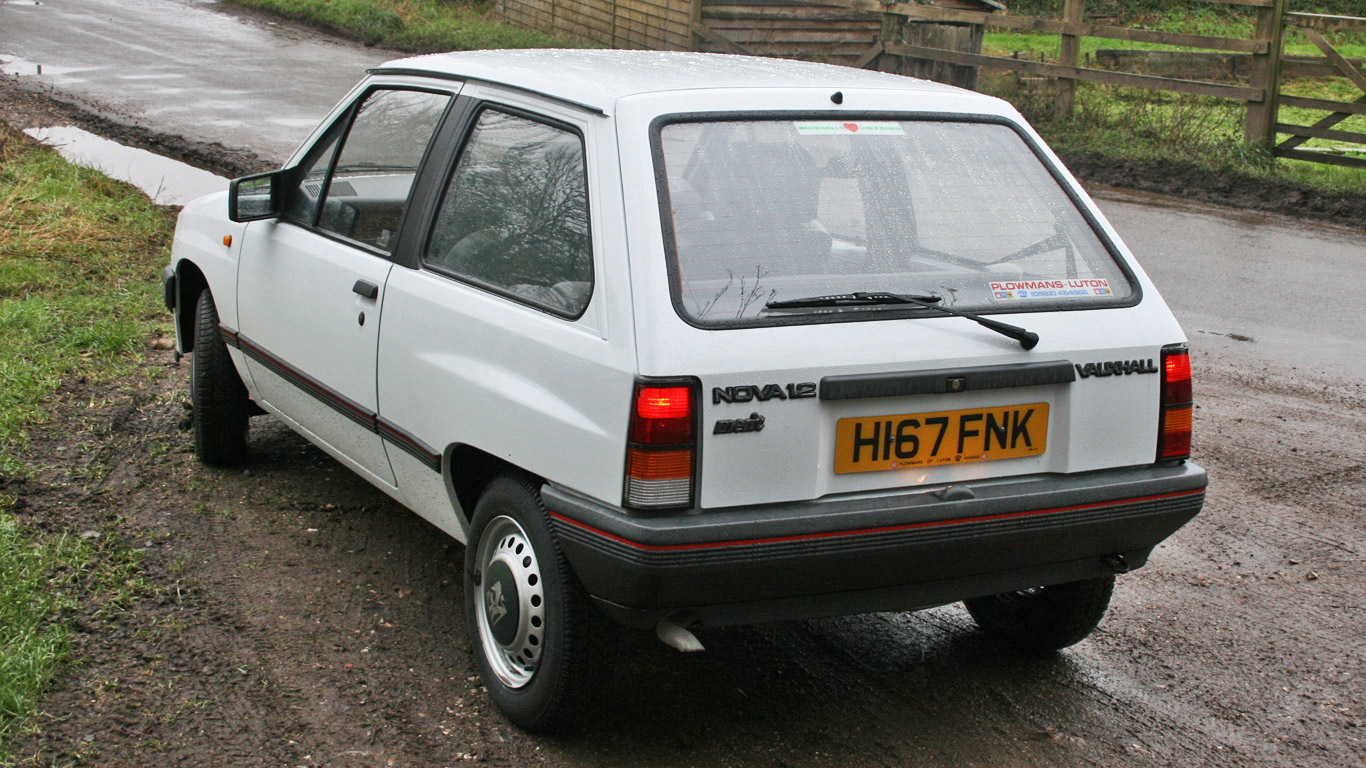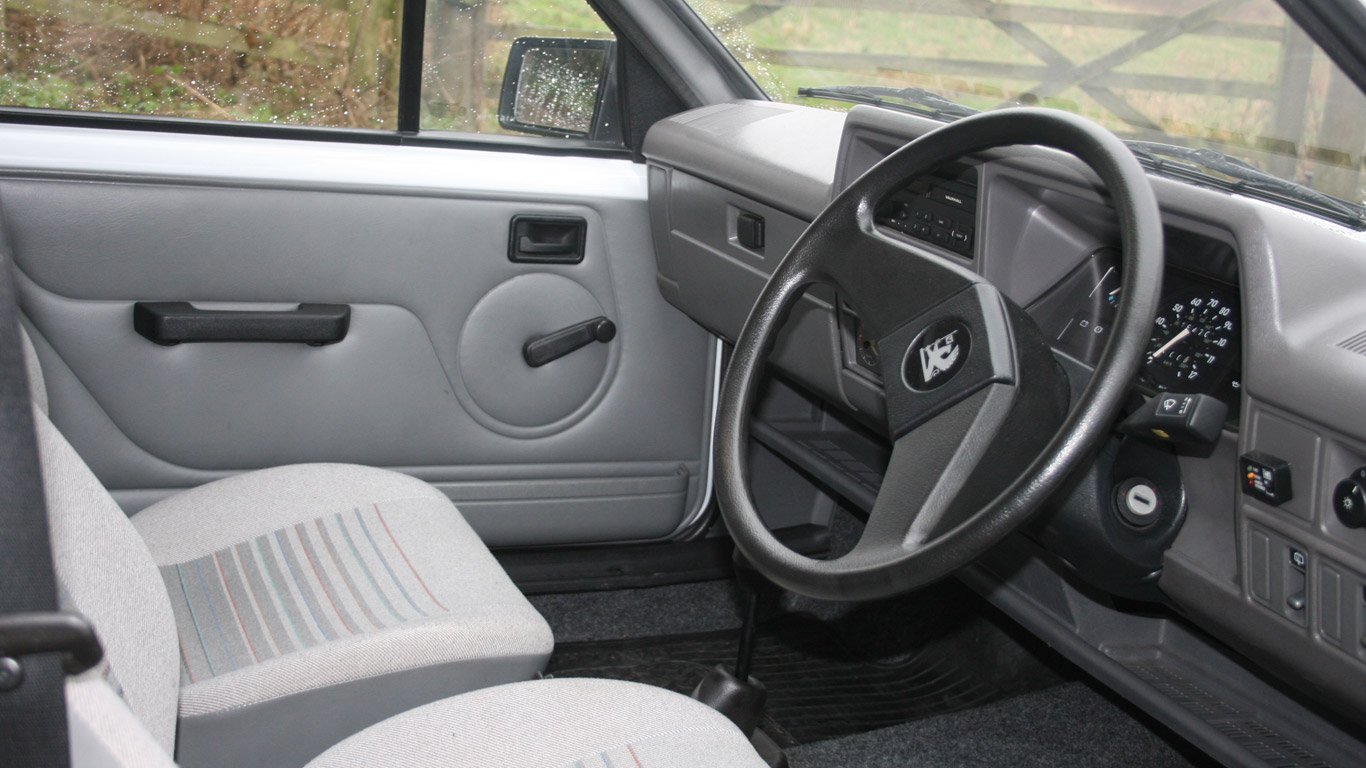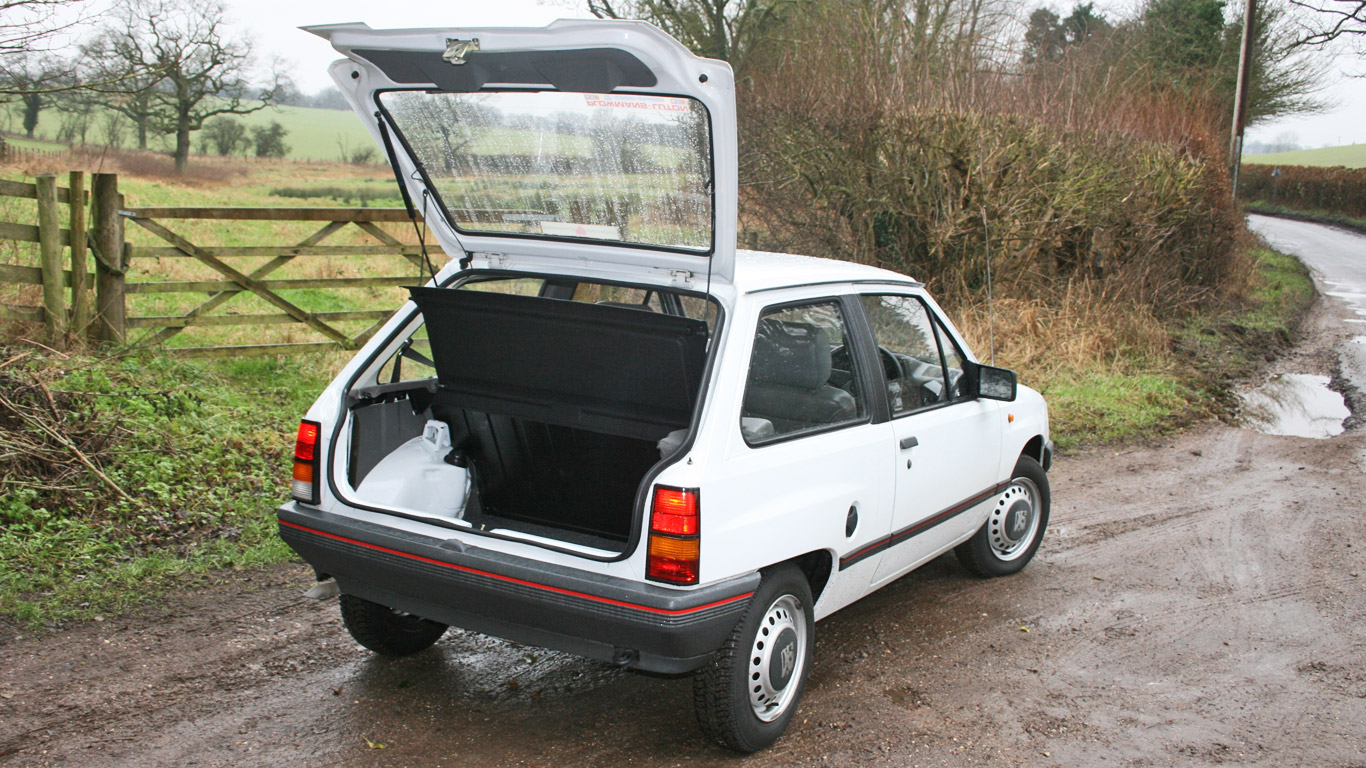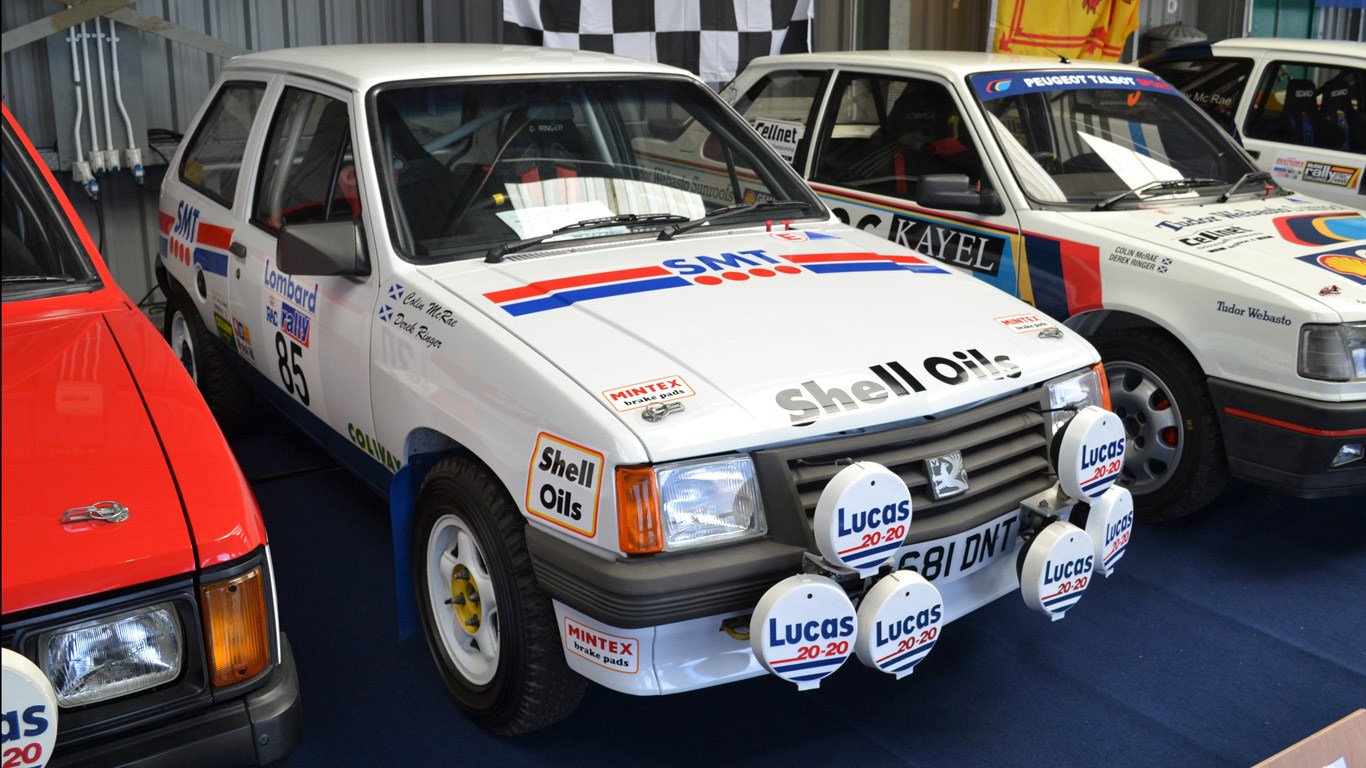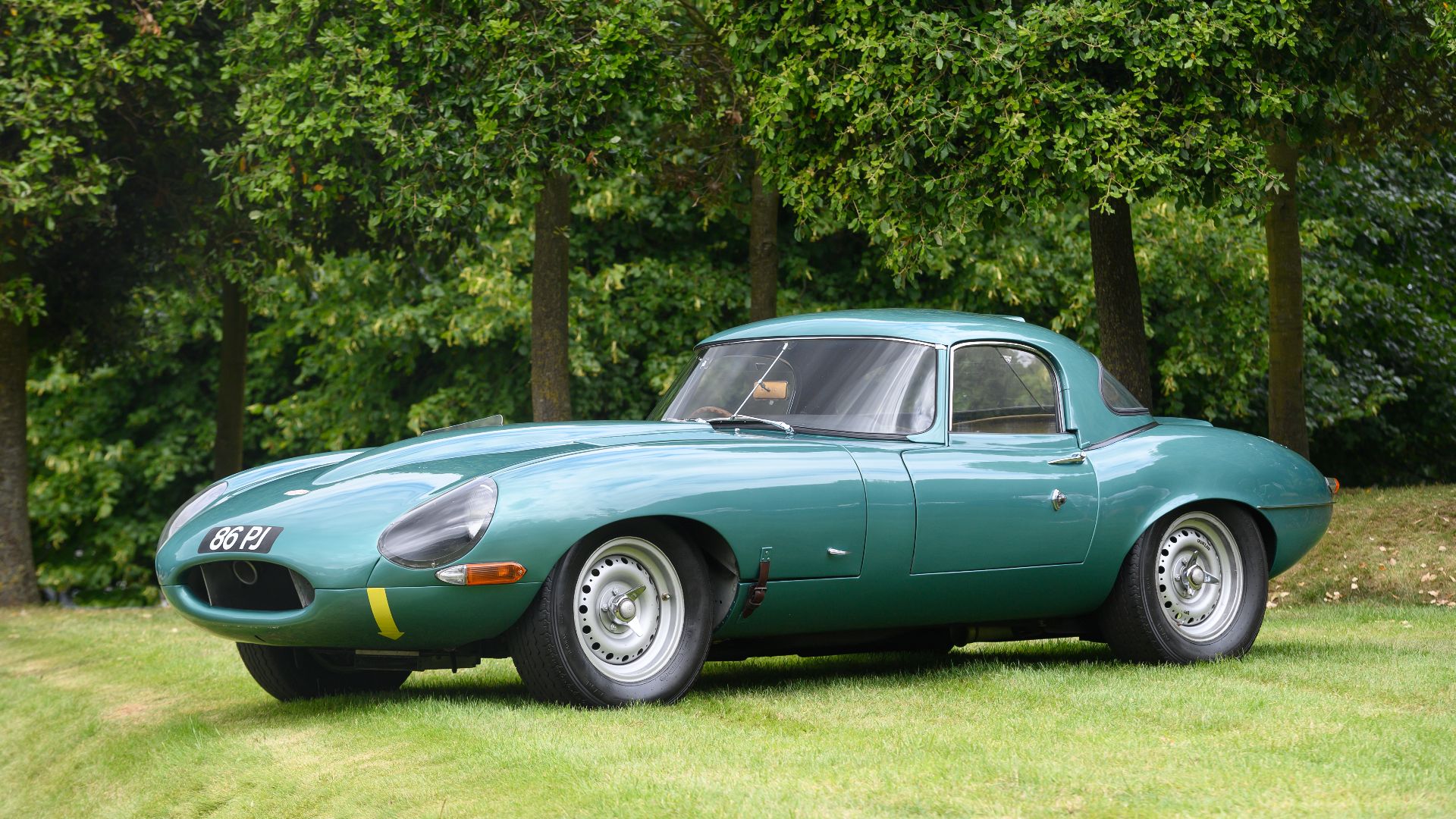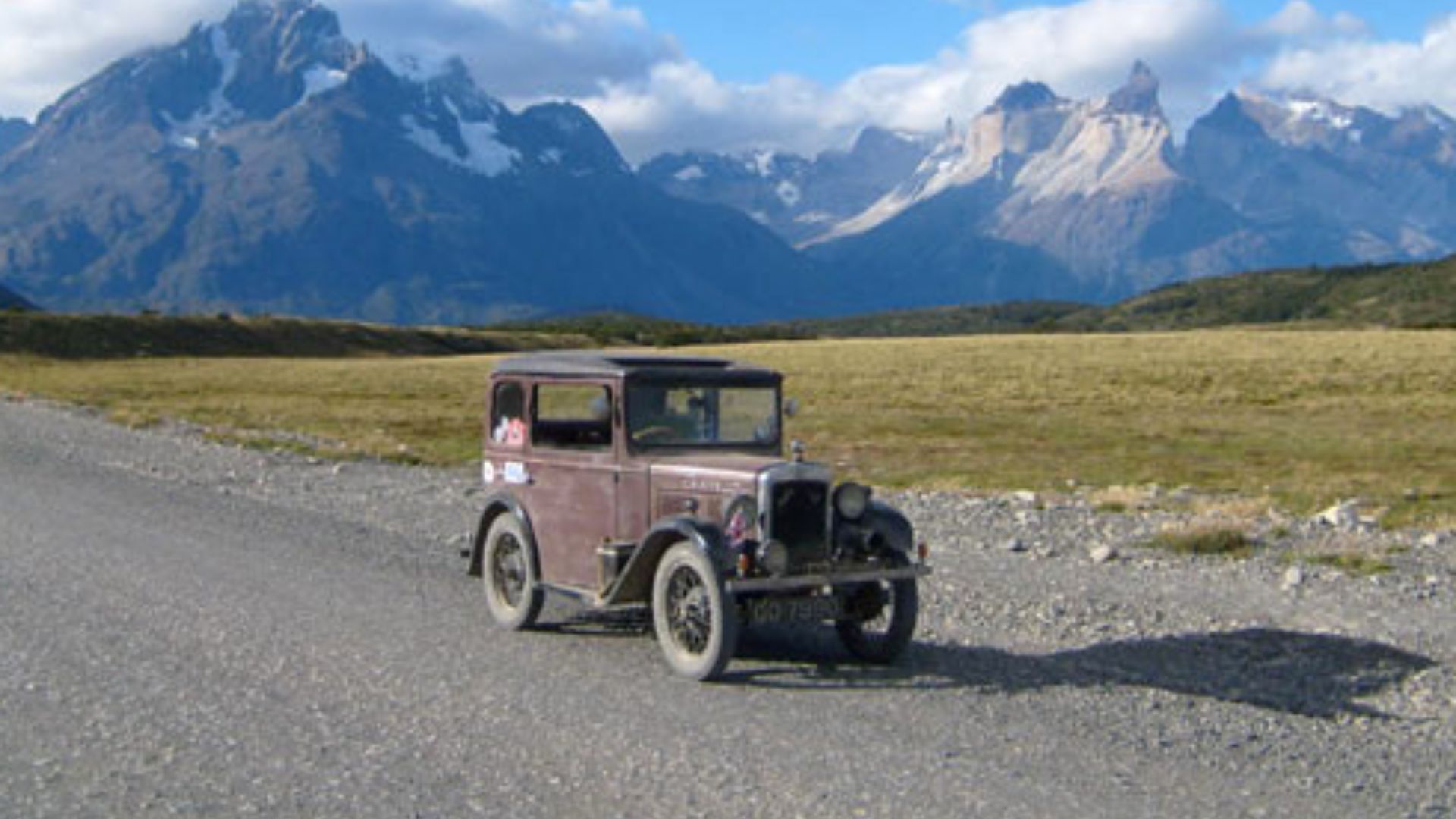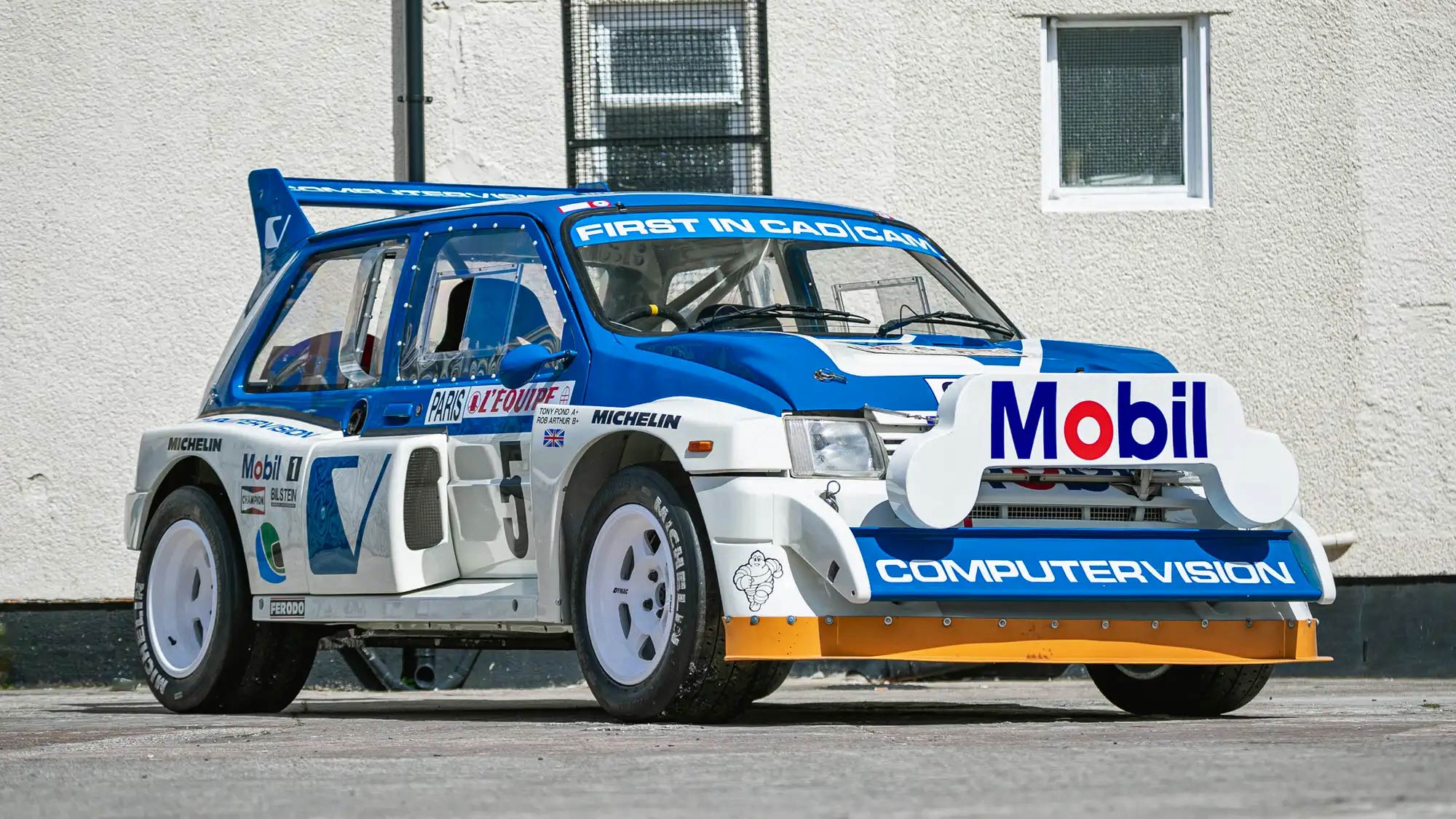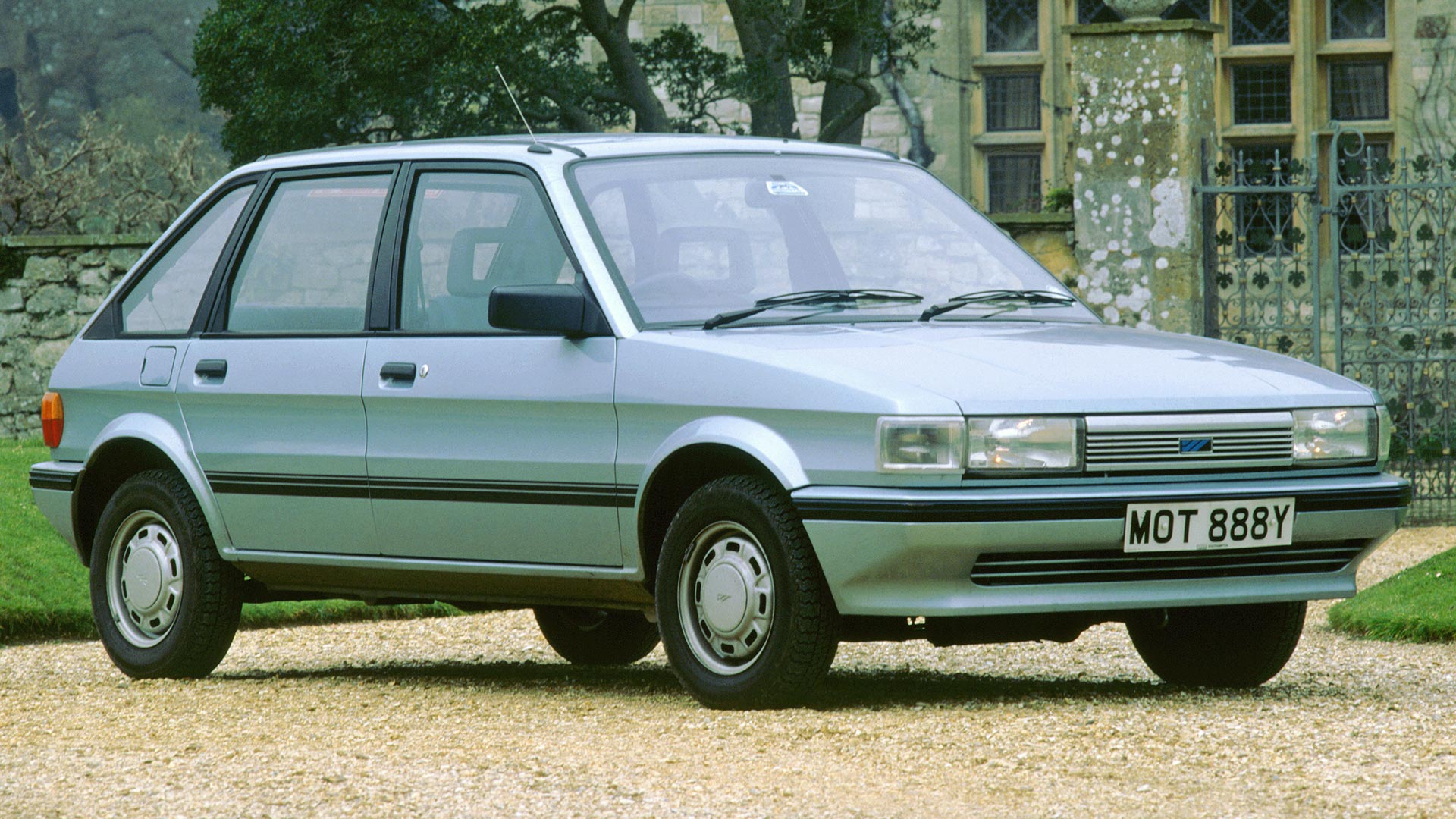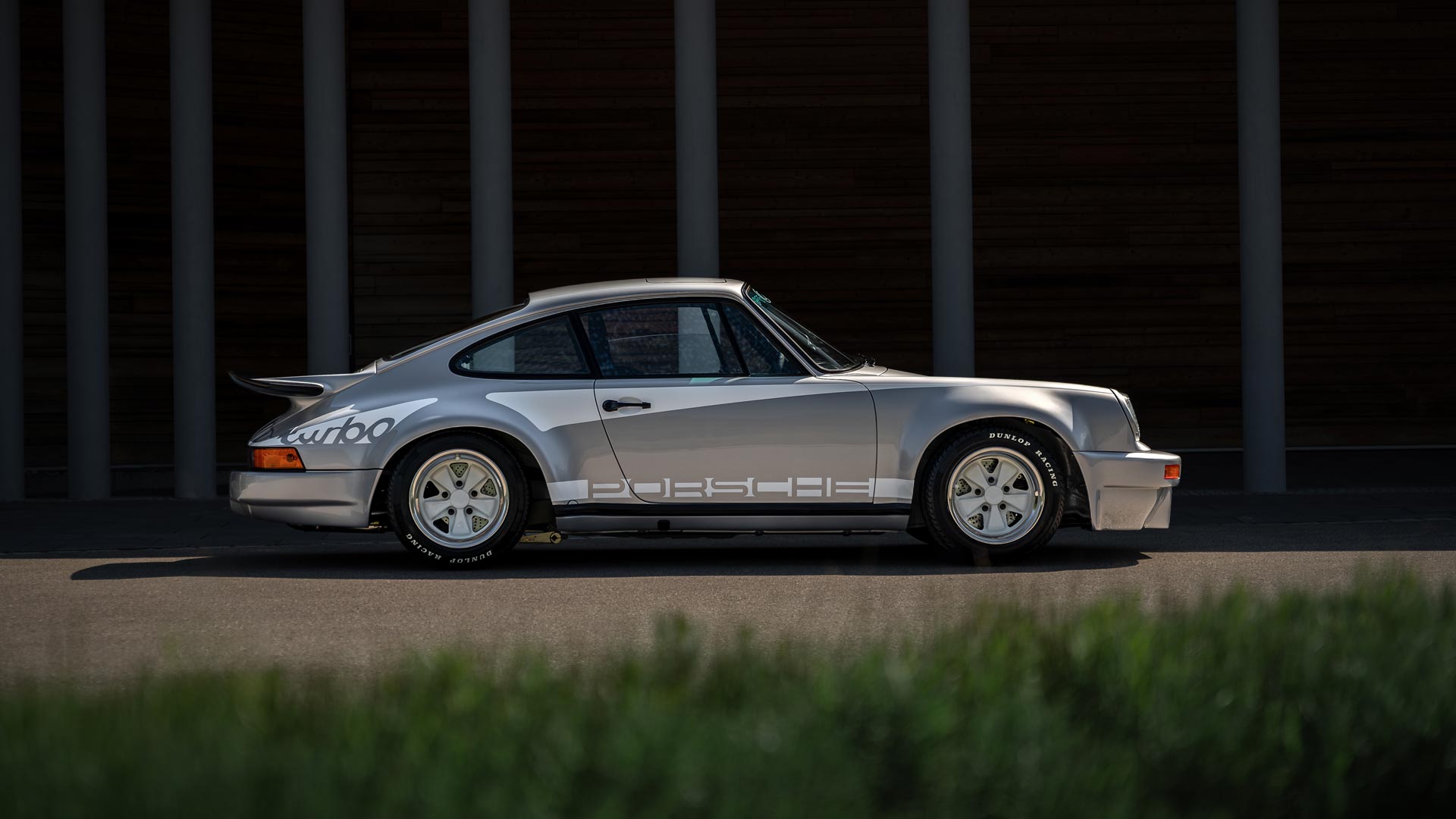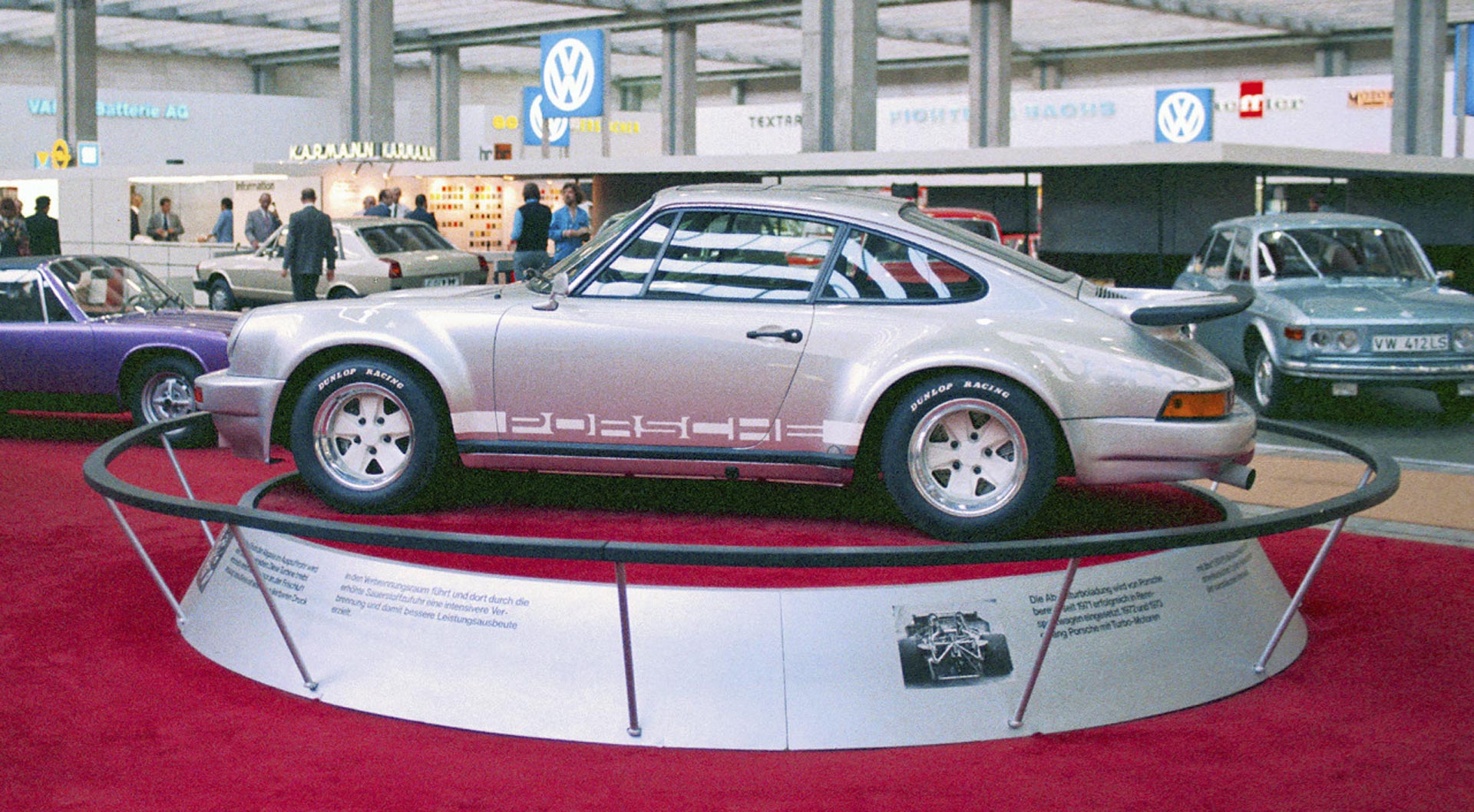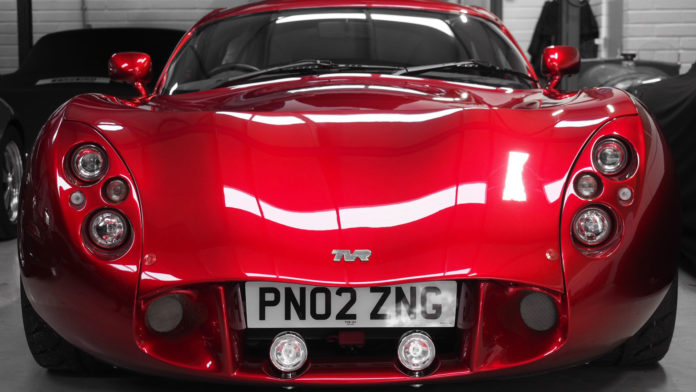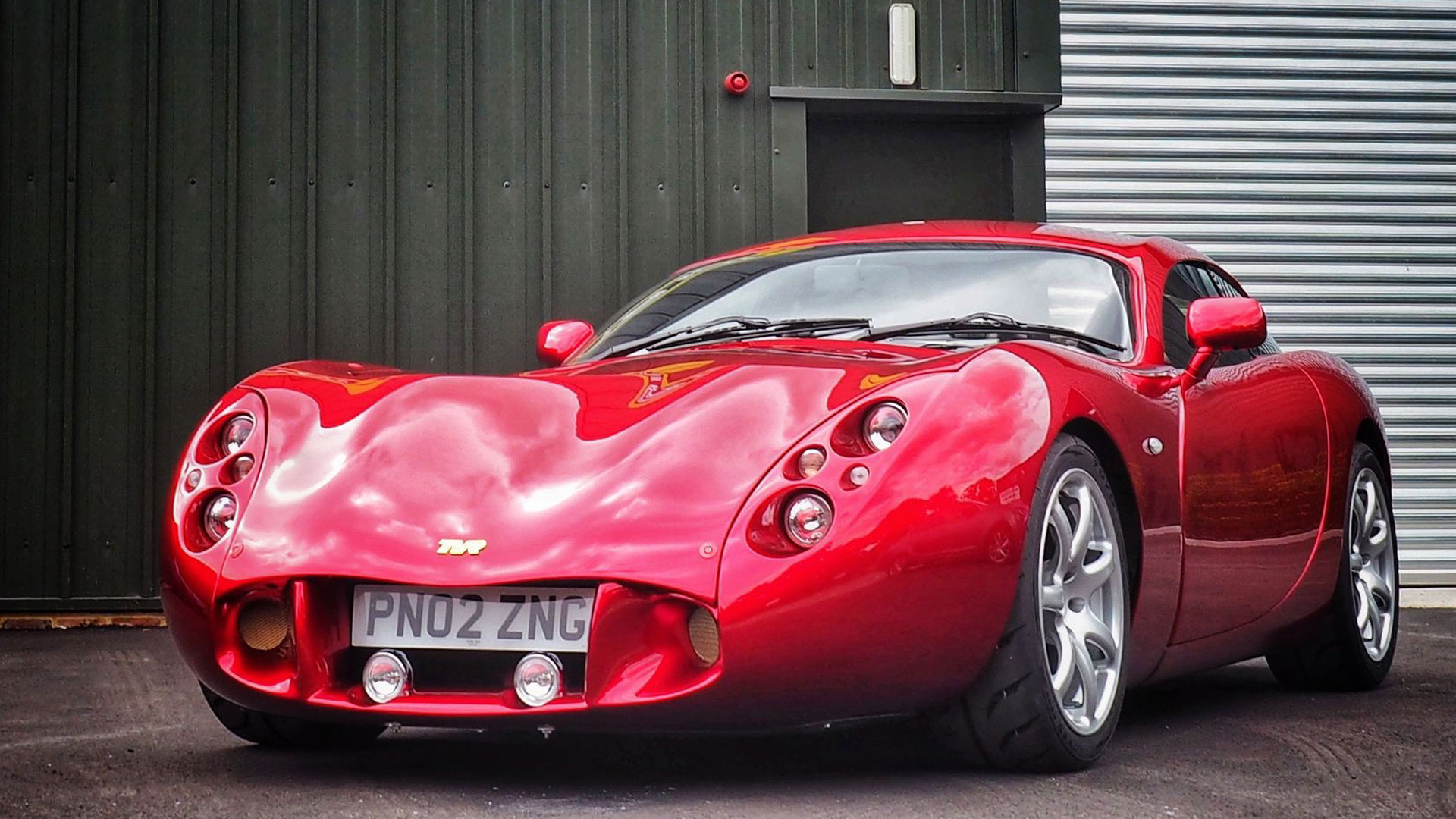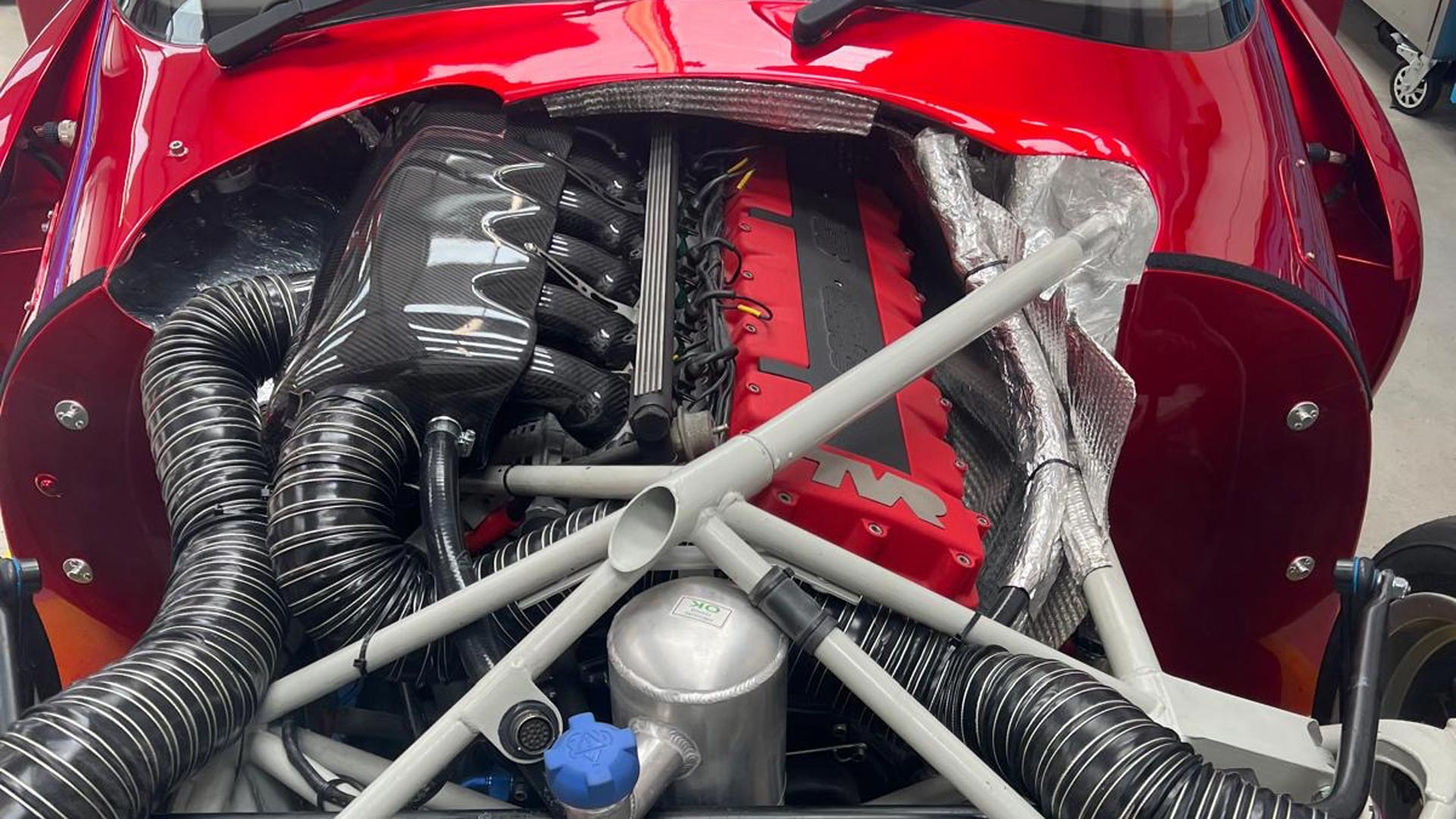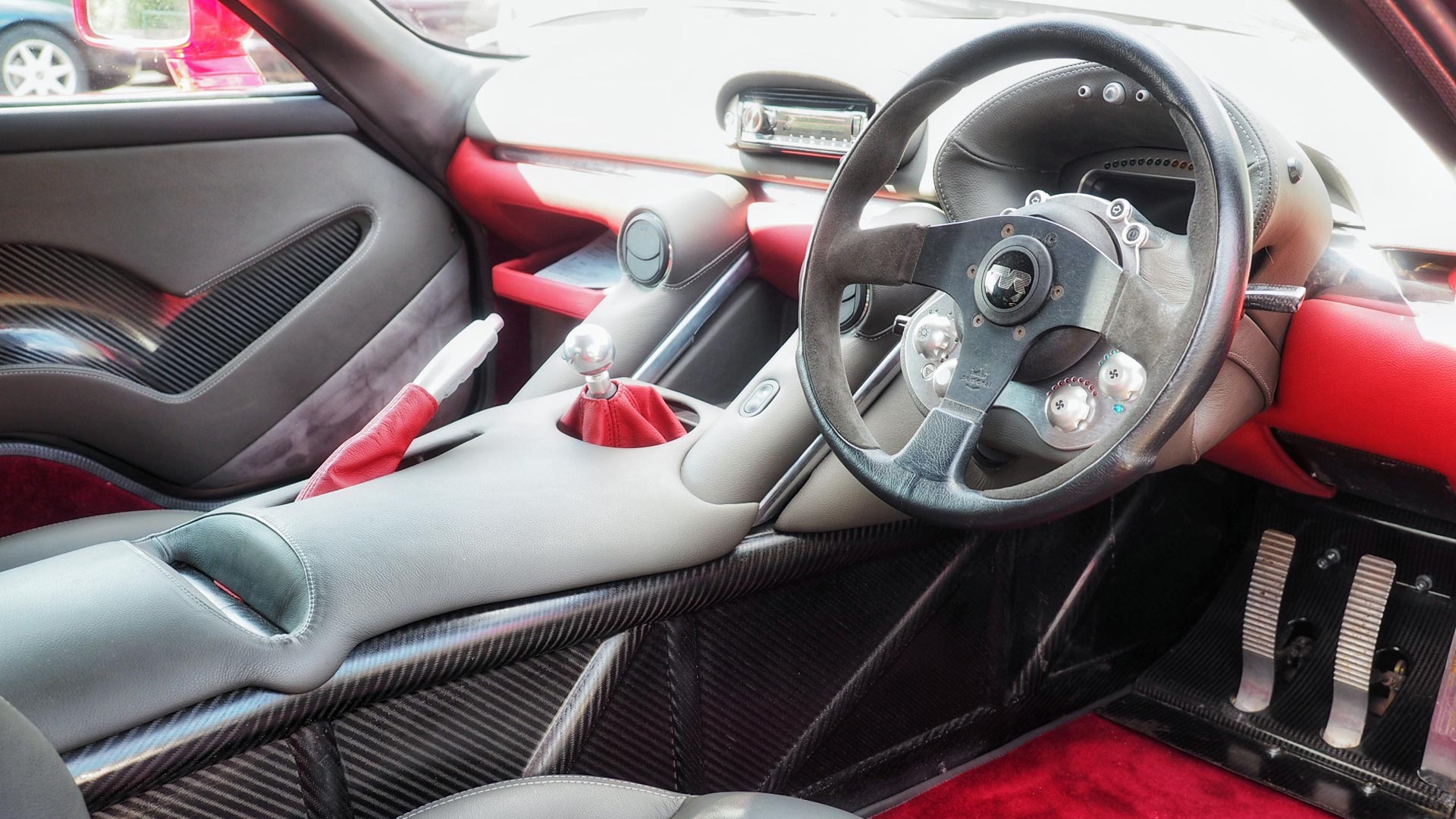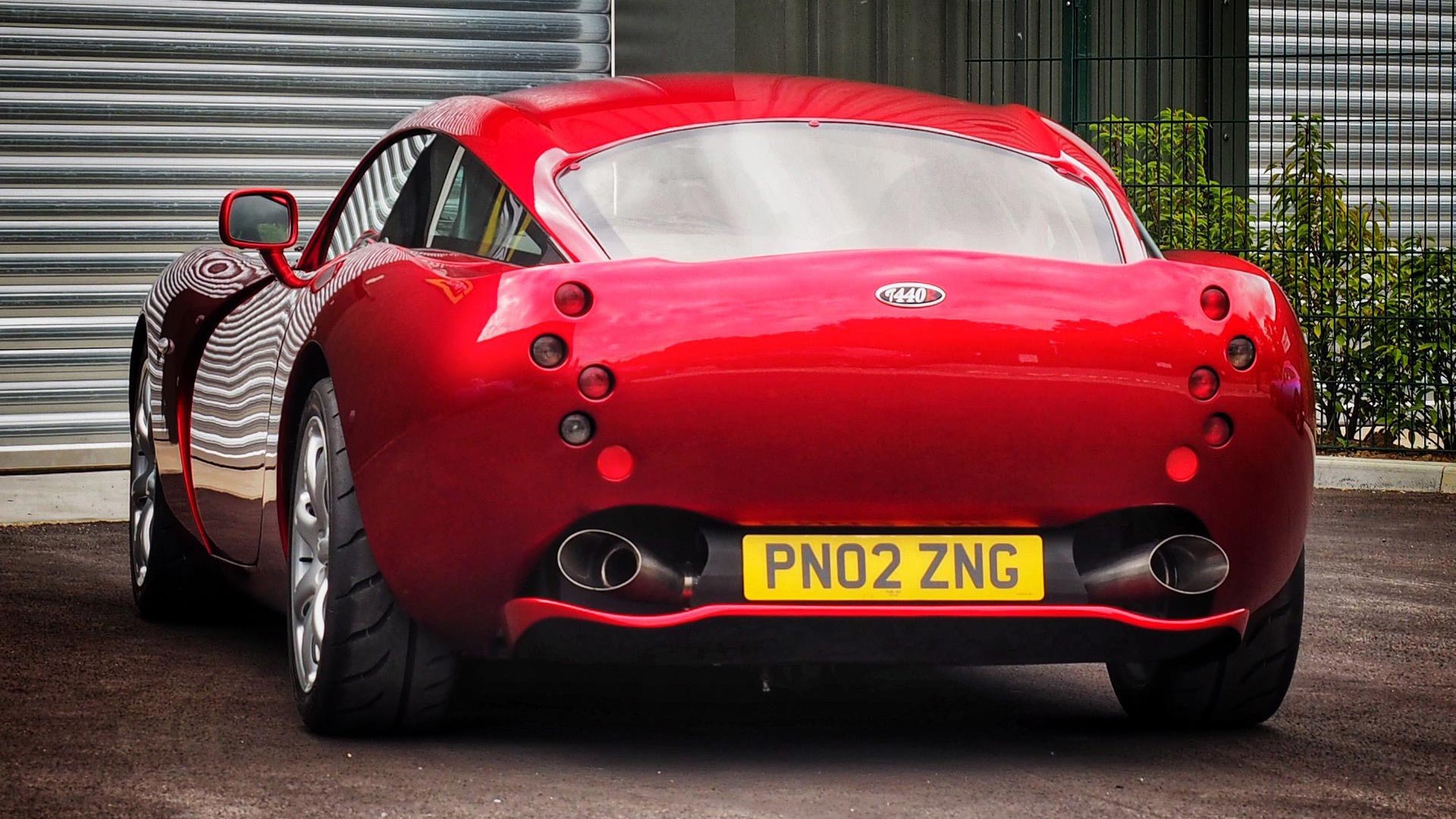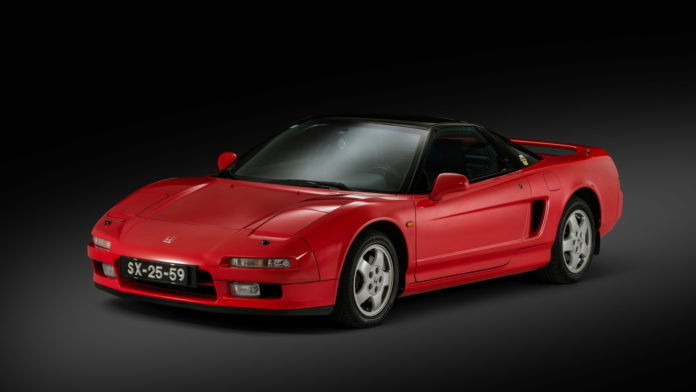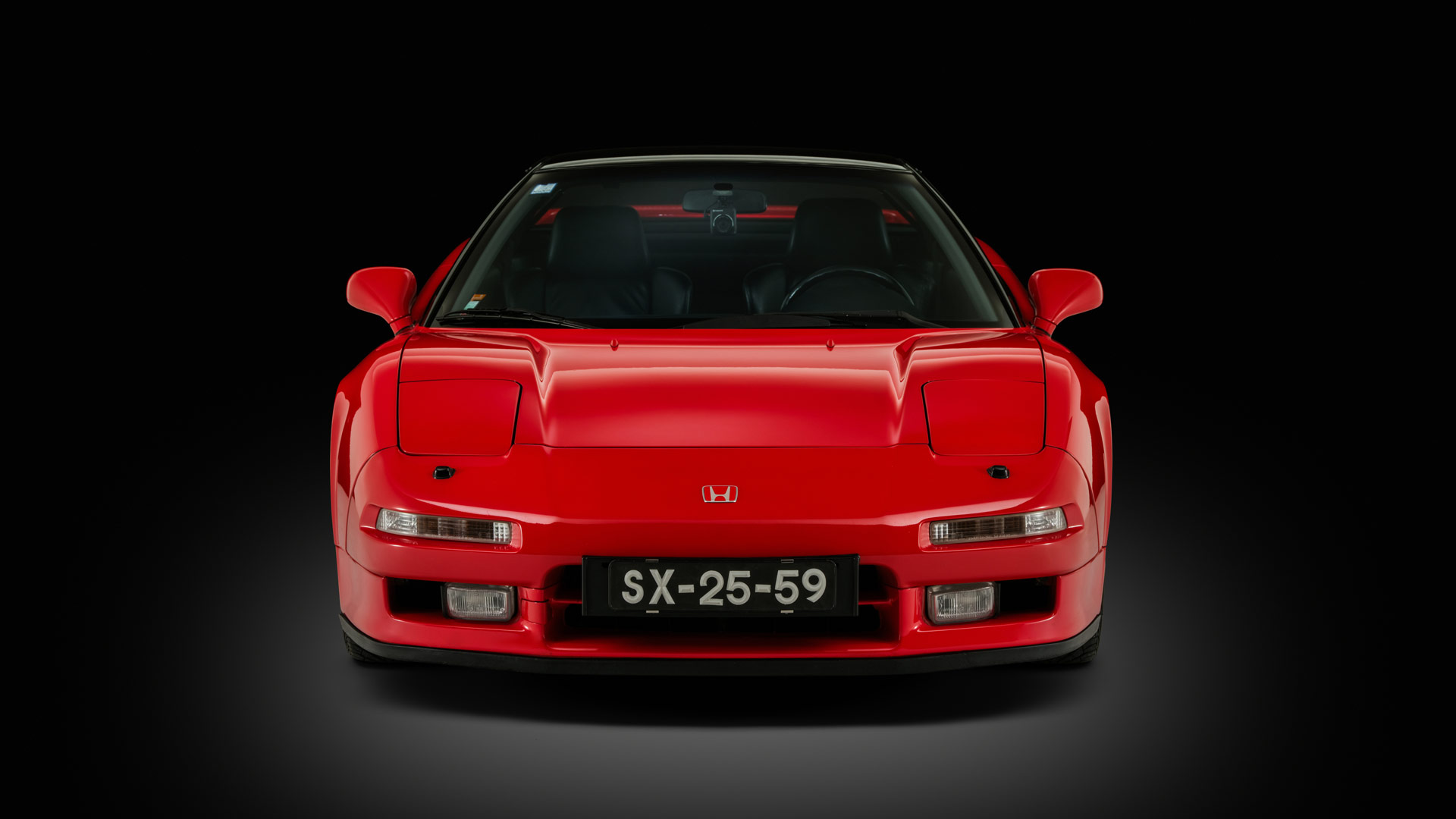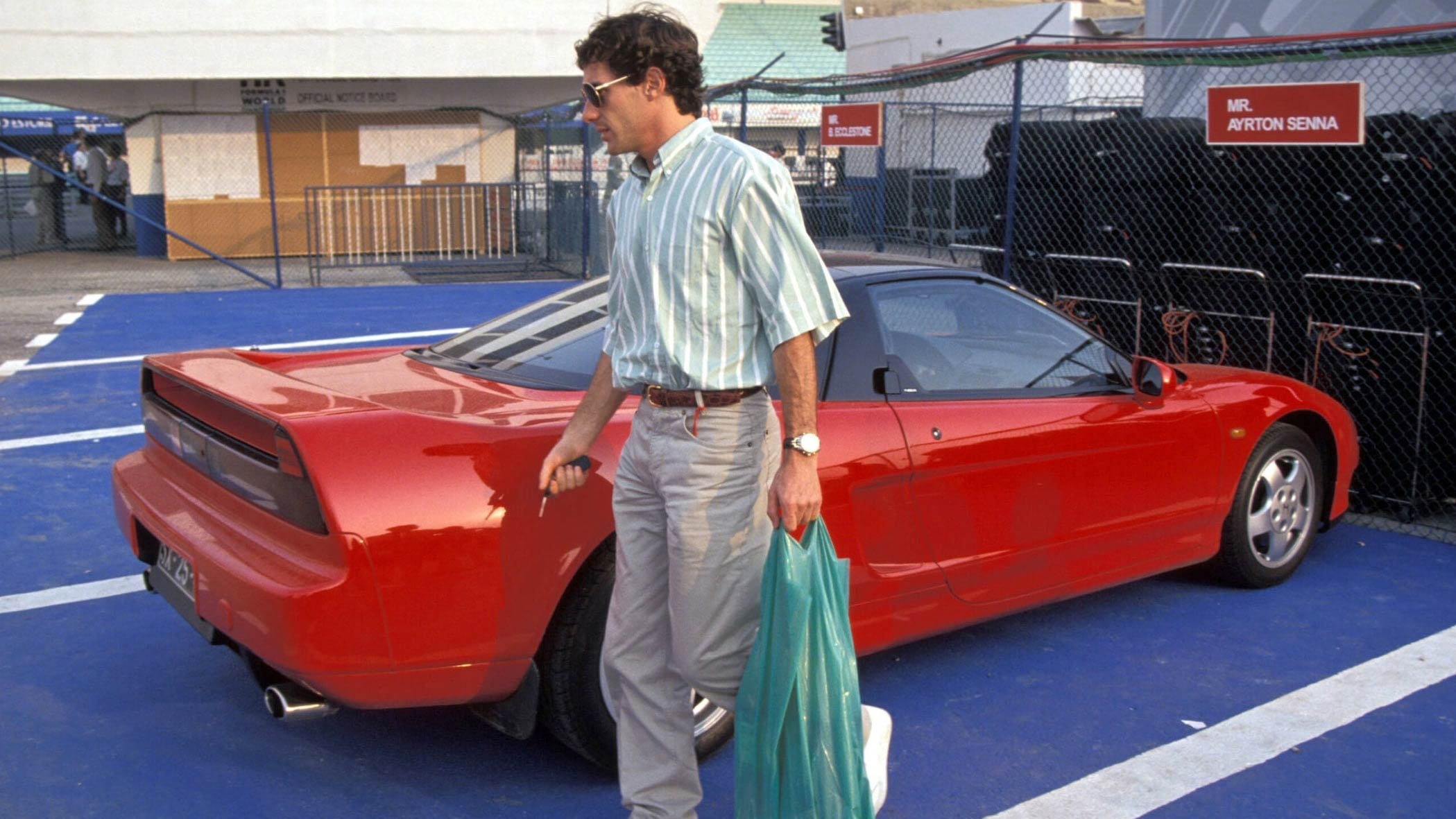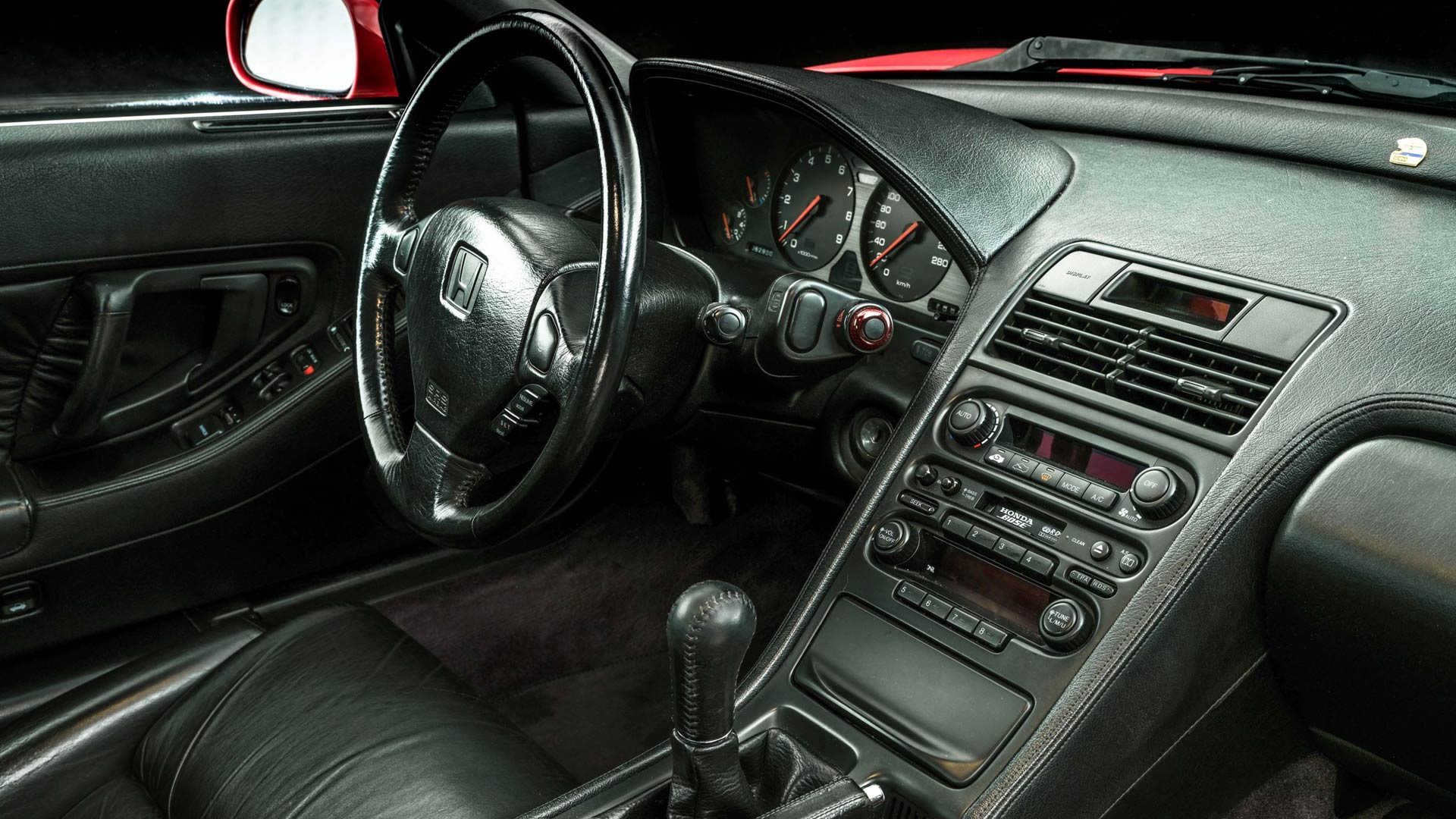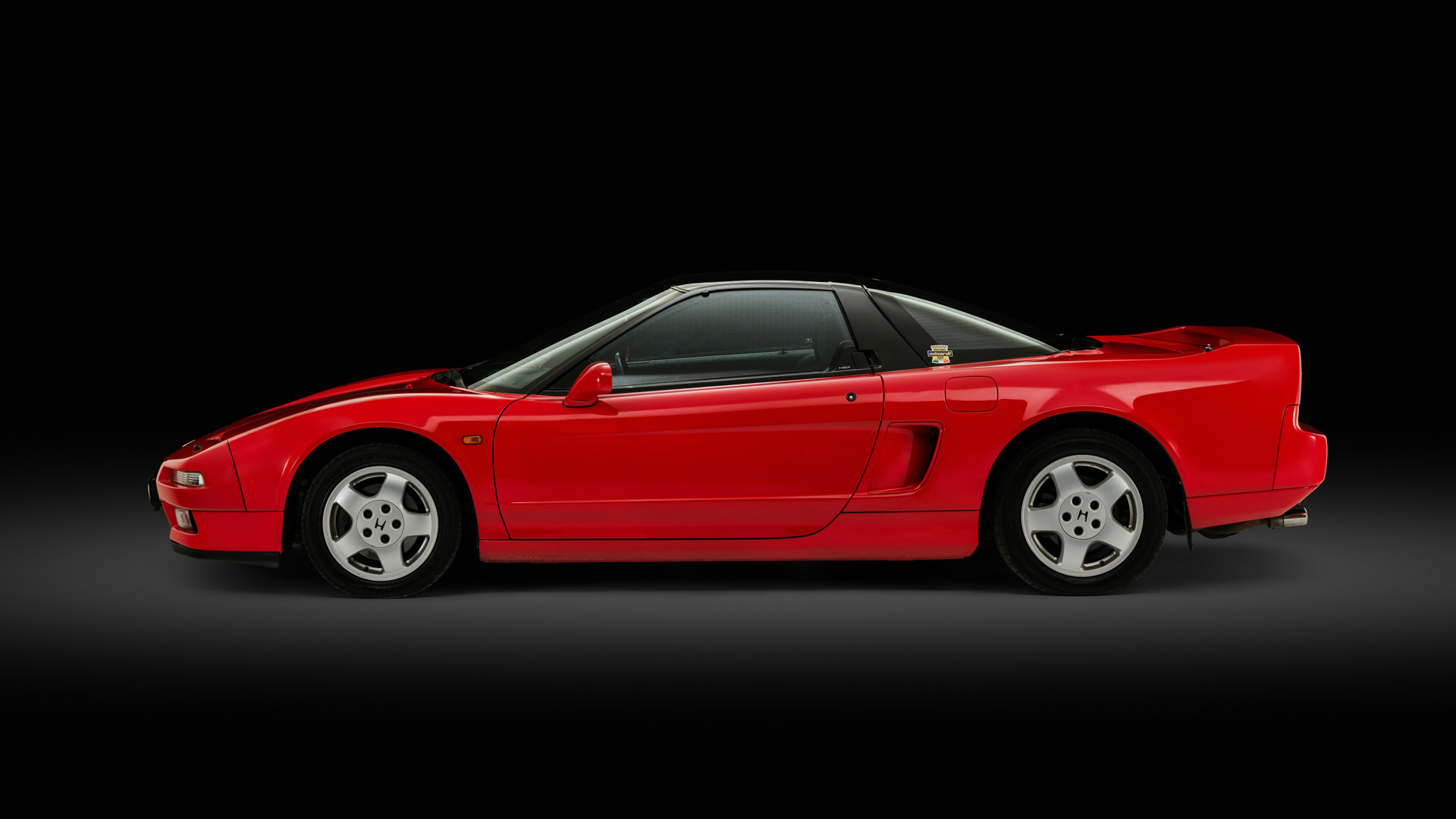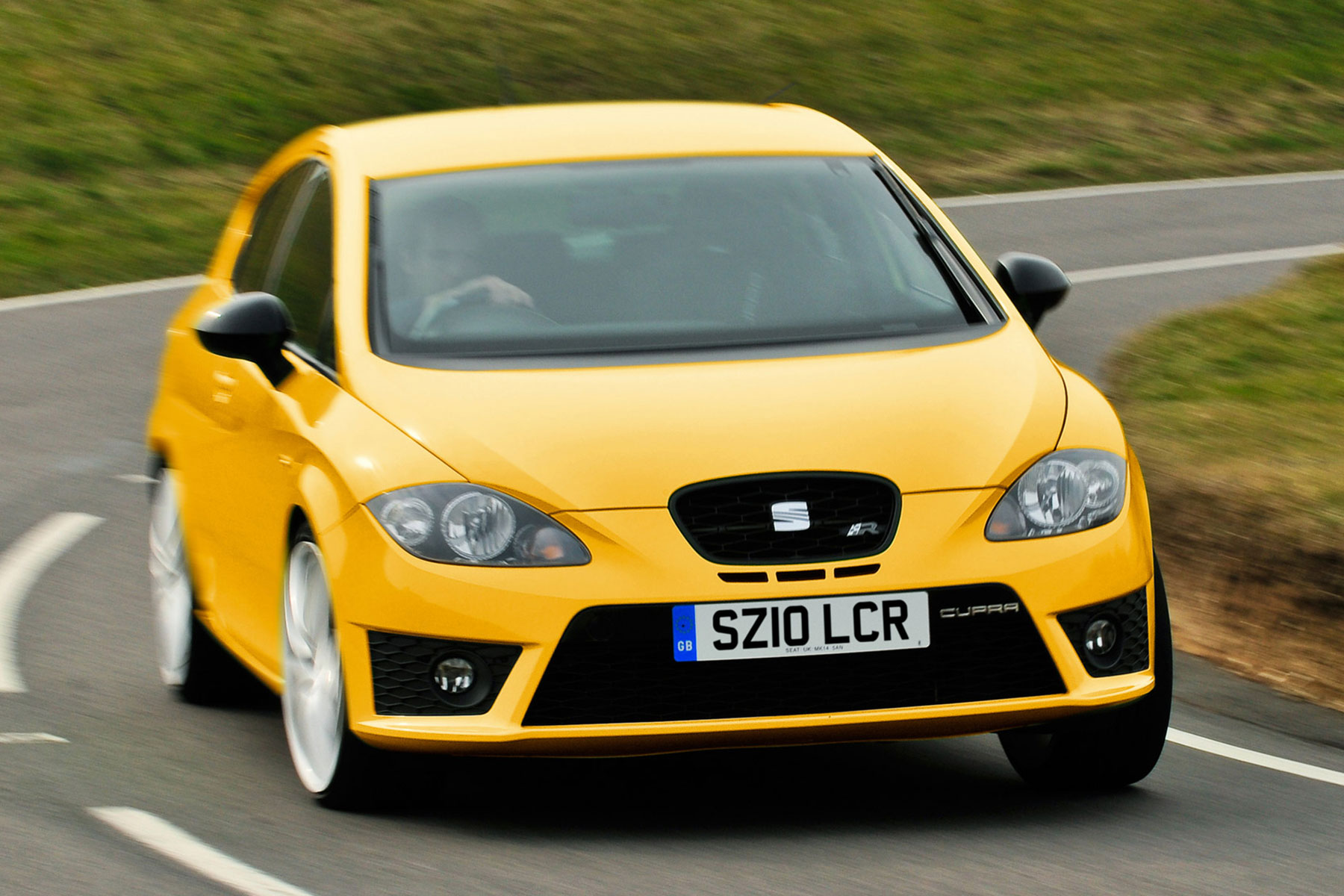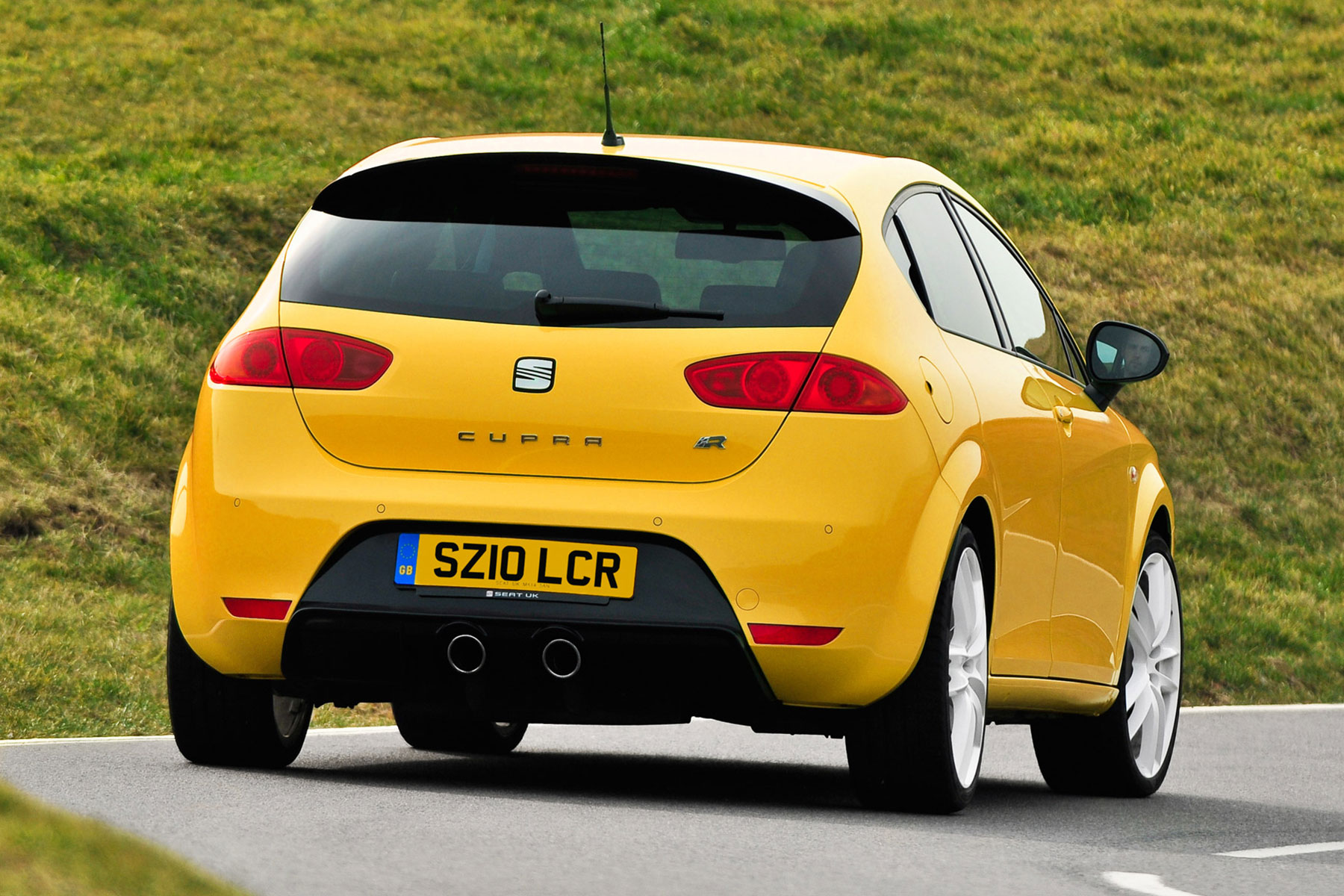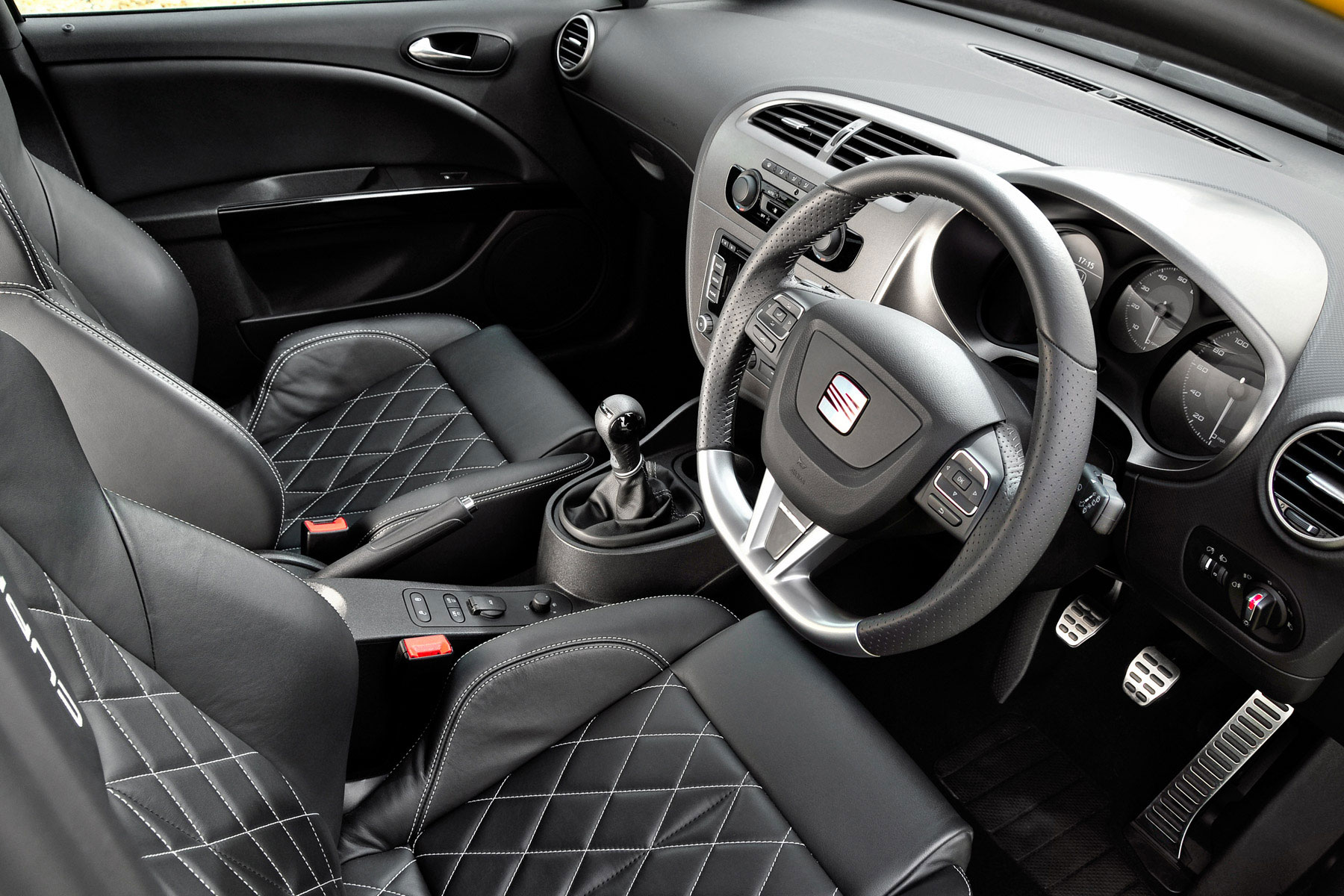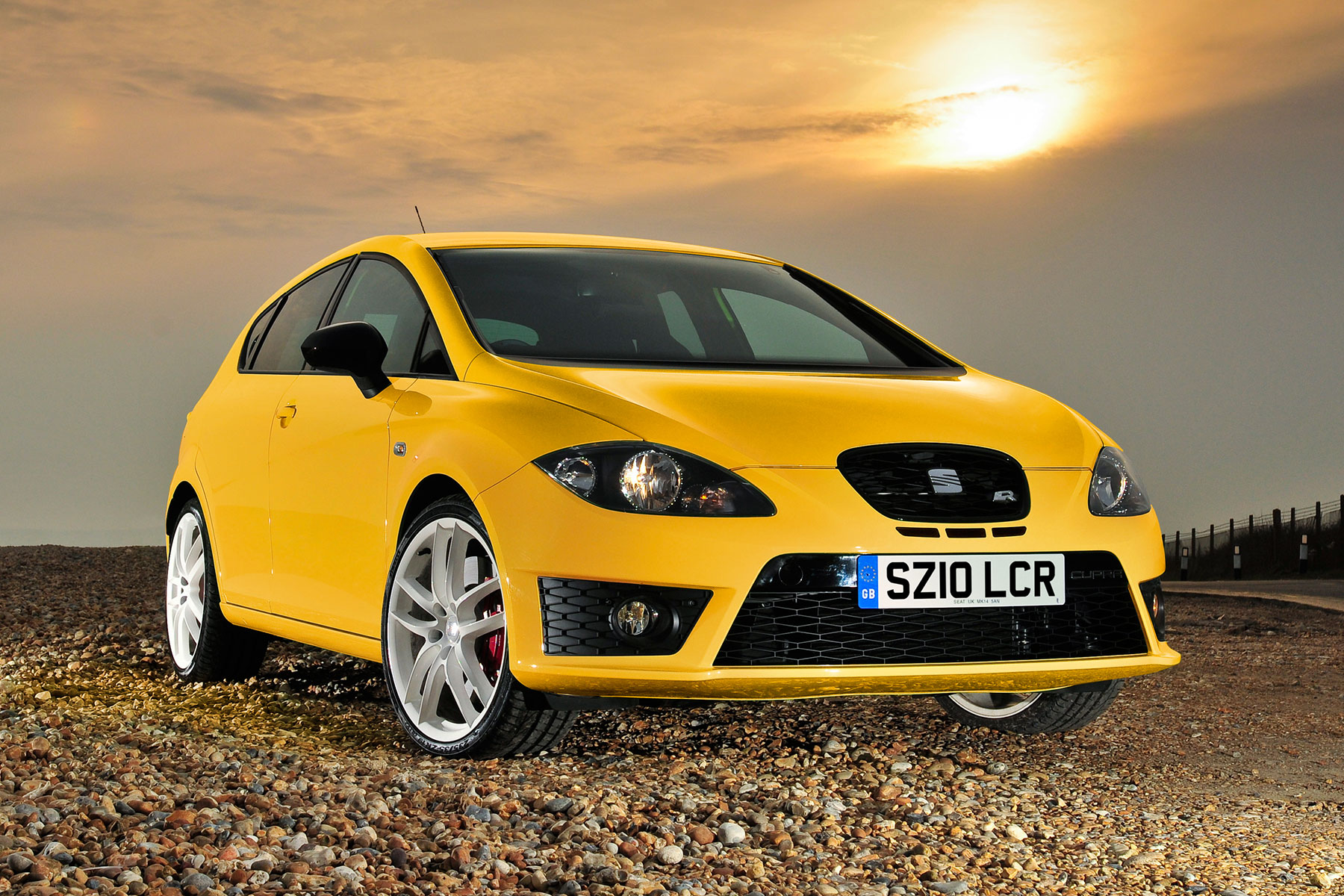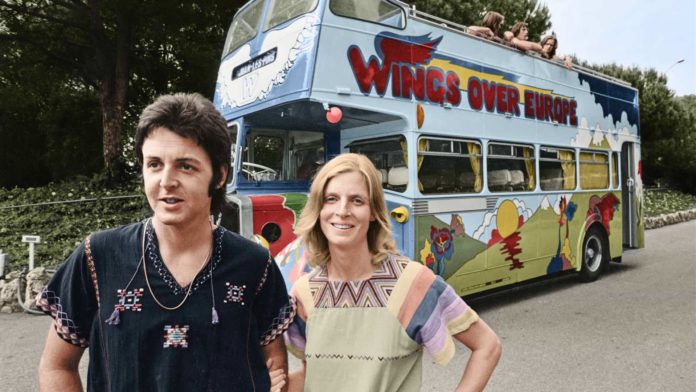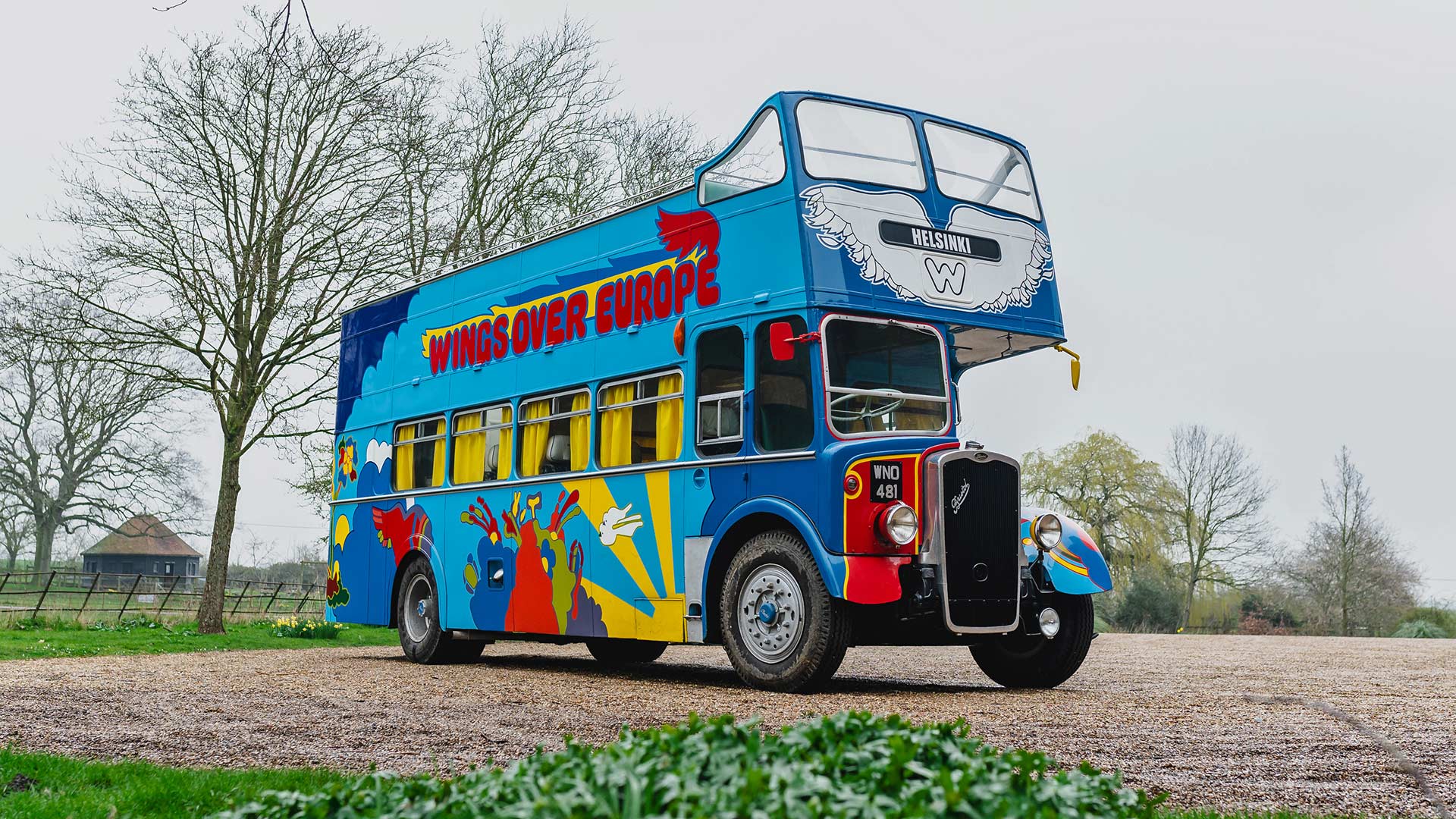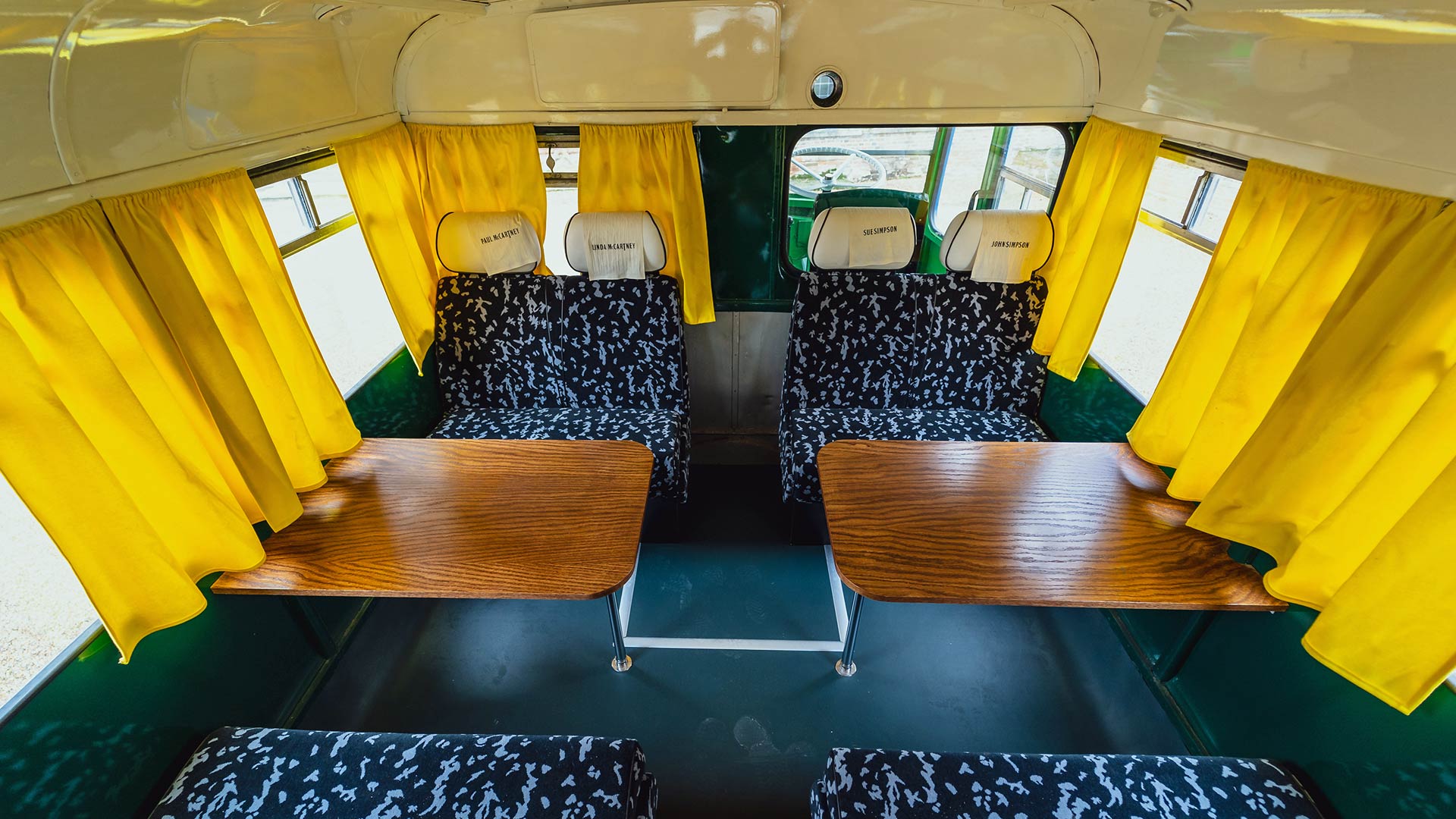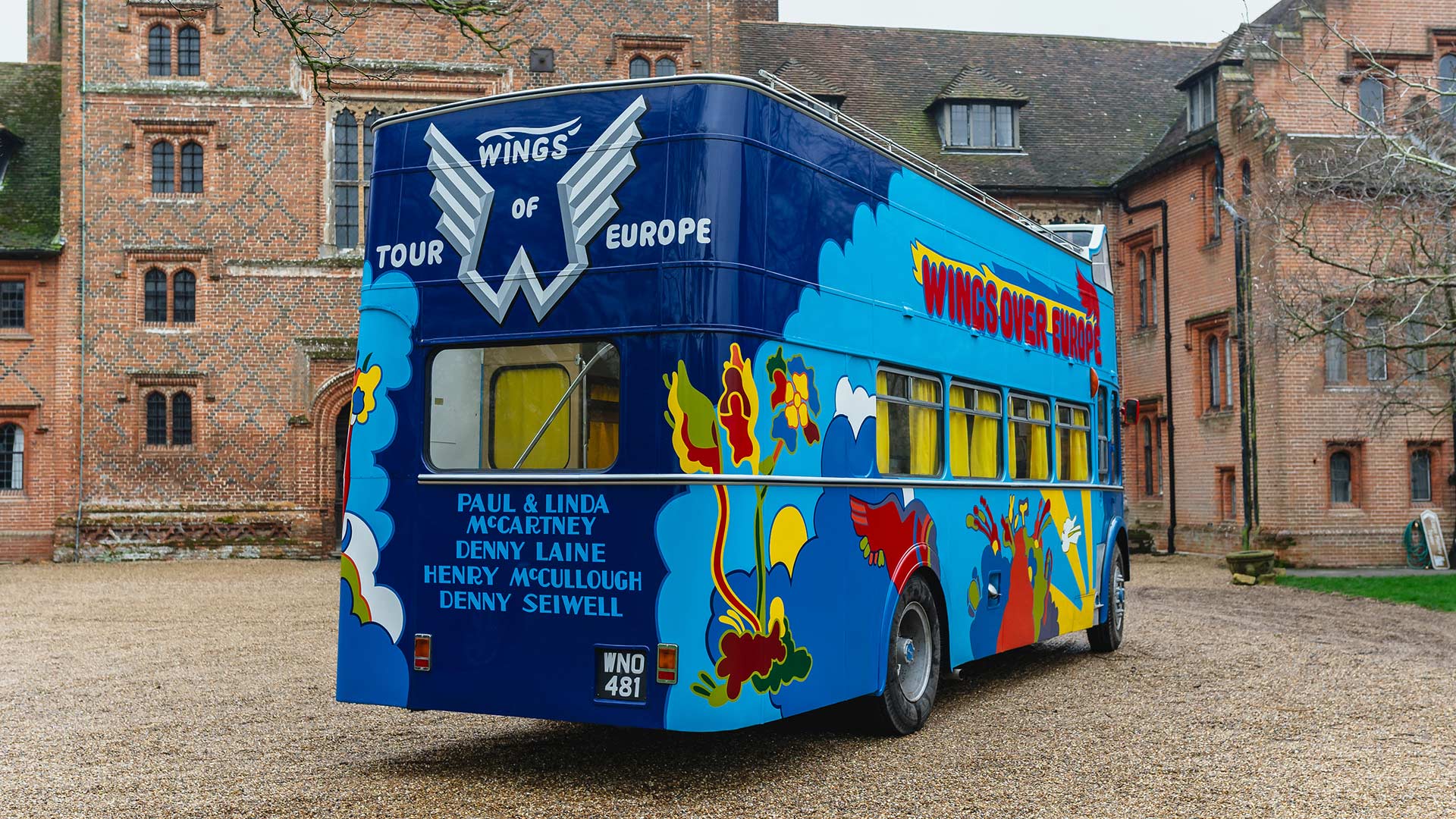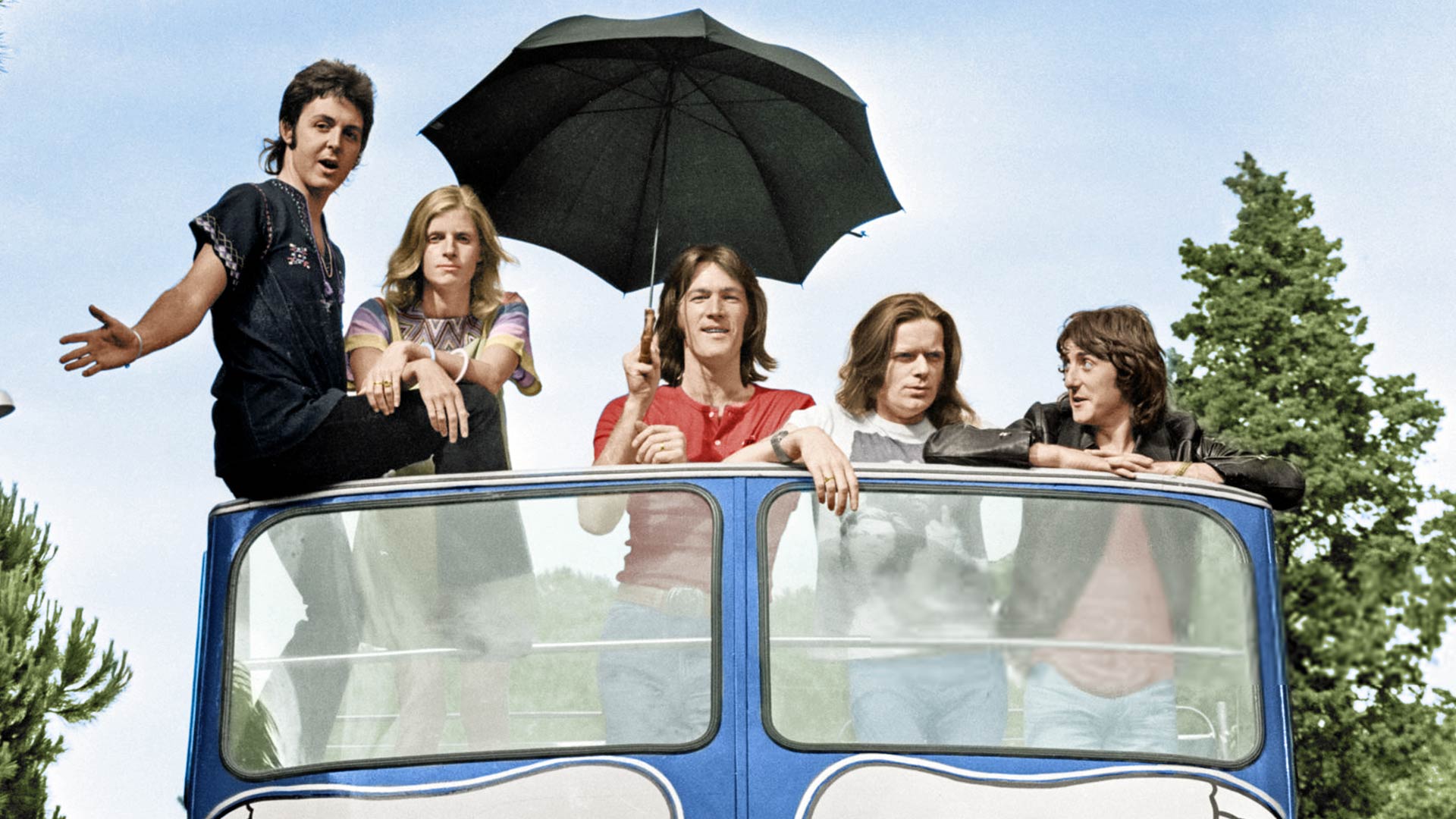A elegant Ferrari grand tourer, previously owned by The Verve’s Richard Ashcroft, is currently up for sale.
As frontman with The Verve, Ashcroft famously sang on the anthemic – and hugely successful – Urban Hymns album in 1997. He is also known for his fondness for classic Ferraris.
The front-engined Ferrari 456 GTA is being offered for sale by Furlonger Specialist Cars in Kent.
Love Is Noise

Launched in 1992, the year The Verve was first formed, the 456 was part of a long tradition of front-engined V12 Ferraris.
Styled by Pininfarina, it was the final Ferrari fitted with pop-up headlights. The interior offered seating for four (at a squeeze), along with the boot capacity required for continental touring.
Beneath the bonnet was a 5.5-litre naturally aspirated V12, producing 436hp and good for a top speed of 185mph. Buyers could choose between two transmissions: the 456 GT had a six-speed manual gearbox, while a four-speed automatic was used in the 456 GTA.
Lucky Man

The four-speed auto was chosen by this car’s first owner, a Mr Stanley, who purchased the 456 GTA from H.R. Owen in October 1998. Instead of the traditional Rosso Corsa red paintwork, Mr Stanley opted for a subtler colour combination of Grigio Titanio with a Nero leather interior.
Used sparingly, the 456 GTA had covered only 2,498 miles by January 2000. Much of its early life was spent being serviced by Ferrari main dealerships, with specialists used from 2007 onwards.
There is limited information on the nature of Richard Ashcroft’s ownership, although his signature can be found on the driver’s sun visor. An original service book, leather backpack, red master key and an extensive history file will be included in the sale.
With its current mileage just below 45,000, the 456 GTA will be prepared for its new owner in Furlonger’s own workshop.
A Bitter Sweet Symphony

There is no denying the naturally aspirated V12 is threatened with extinction. Ferrari remains one of a handful of companies still producing supercars that are powered by V12 engines without the assistance of turbocharging or hybrid tech.
Combine its 12-cylinder powertrain with timeless Pininfarina styling and celebrity ownership, and this 456 GTA looks an attractive proposition.
Listed for sale at £44,990, the four-seat Ferrari could cost less than buying a new family SUV or hot hatchback. Naturally, the running costs will be far higher, but how much of a price can you put on timeless style and supercar performance?
ALSO READ:
New Ferrari 12Cilindri – and other car names that sound better in Italian
1984 Ferrari 308 GTS review: Retro Road Test
Lancia Thema 8.32: the sensible saloon with a Ferrari engine



